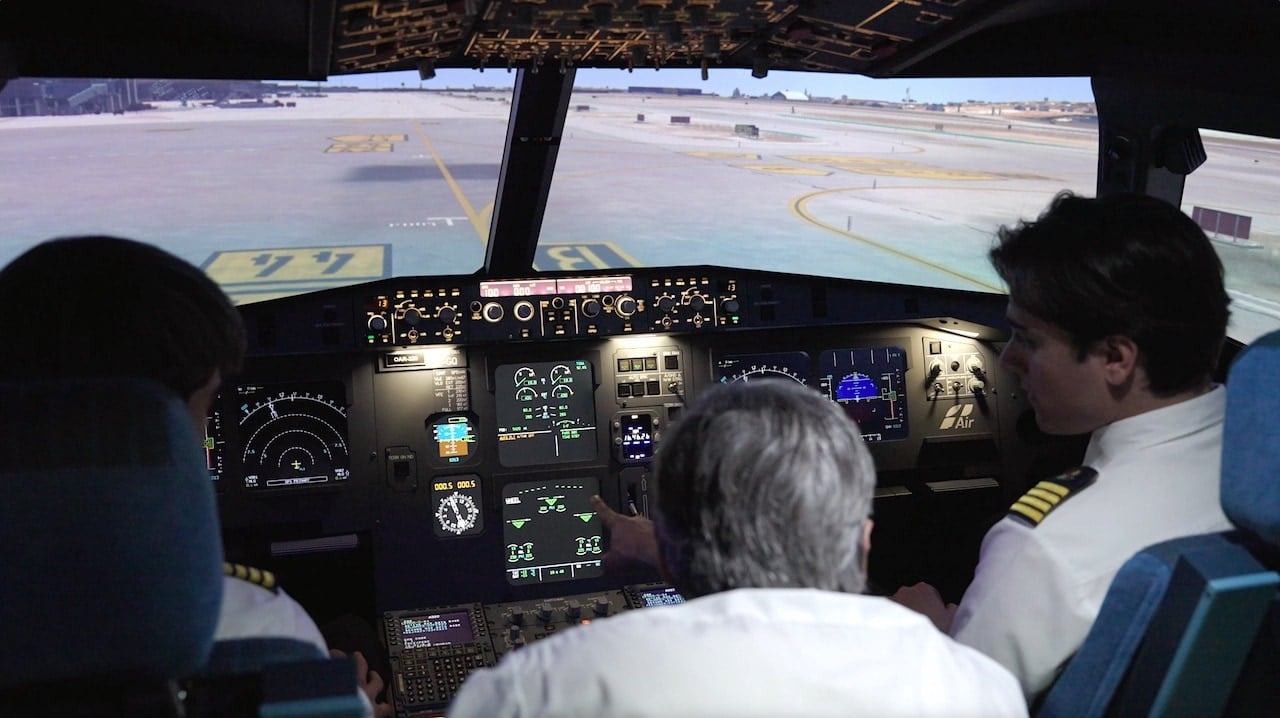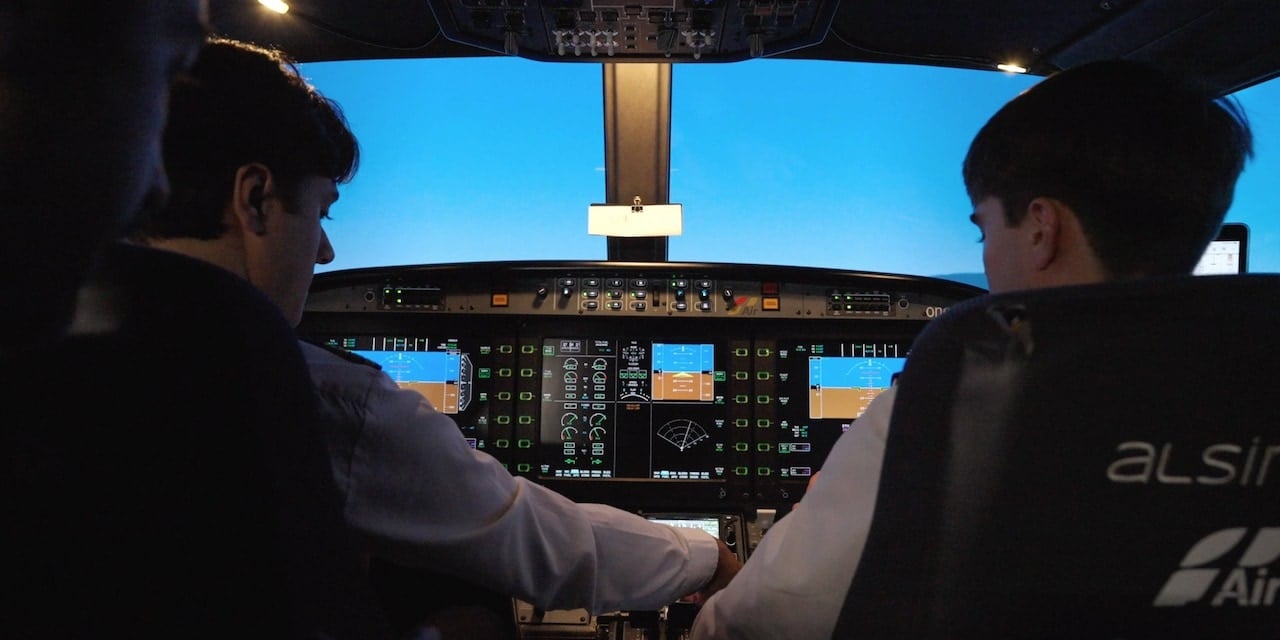Multi-Crew Cooperation (MCC) is a course designed to prepare pilots for teamwork and coordination in a multi-crew cockpit environment. It is one of the last steps to becoming a commercial pilot.
Throughout this article, we will explore in more depth what MCC is, how it differs from APS MCC, and how key concepts such as CRM, the dynamics between pilot flying and pilot monitoring, and learning flows contribute to the overall training of a professional pilot.
Will you stay and find out? It’s very, very interesting!




